Pituitary hormone drugs
Pituitary hormones are mainly produced by the anterior lobe with the posterior pituitary not secreting hormones with only storing and releasing the hypothalamus produced by antidiuretic hormone (ADH) and oxytocin. Pituitary hormones can be regulated by the hypothalamic neurohormone and the corresponding target gland hormone. The anterior pituitary will secret the following hormones: thyroid stimulating hormone (TSH), adrenocorticotropic hormone (ACTH), luteinizing hormone (LH), follicle stimulating hormone (FSH), growth hormone (GH), prolactin (PRL), LH and FSH, also known as gonadotropin (GnH). The above six kinds of hormones belong to peptides or protein hormones with obvious physiological activity, among which TSH, LH and FSH are glycoproteins with the molecular structures respectively α-and β-two subunits and their α-subunits being basically the same and the β-subunits being different. Most of the antigenic determinants are located in their specific β-subunit, but the maintenance of its biological activity must require intact α, β-binding molecular structure. It was thought that anterior pituitary can still secret the melanocyte stimulating hormone (MSH). However, in its chemical structure, β-MSH is a fragment (41th to 58th amino acid) contained in the β-lipophilin (β-LPH) molecule. Alpha-MSH is also only a fragment (amino acids 1 to 13) in the amino terminal of the ACTH molecule. In 1974, it was found that neither α-MSH nor β-MSH existed in normal human plasma or pituitary extract. It was speculated that they are mainly fragments obtained during the extraction process of macromolecules such as β-lipophilin. However, there may also be significant MSH secretion in animals with obvious intermediate lobe.
Anterior pituitary hormone, ACTH, TSH, LH, FSH respectively act on the surrounding targeted glands; adrenal cortex, thyroid gland and gonad. It can promote the synthesis and release of the corresponding hormones. Although GH has no clear target gland, however, its effect on the skeletal growth is through the promotion of the liver to produce a growth hormone mediator (SM) , also known as sulfation factor (SF) (see "growth hormone").PRL mainly take effect on the breast for stimulating the milk secretion and also has effect on maintaining the corpus luteum secretion in the rodents. Pituitary hormones are subject to feedback regulation from the hormones released by hypothalamus and each target gland hormones. In addition, the anterior pituitary ACTH cells also produce β-lipophilin with its physiological significance still remaining not clear. Inside the molecular structure, it contains β-MSH and amino aicd sequence of some endorphins and enkephalin molecules (see "adrenocorticotropic hormone and β-lipophilin). There is ADH stored in the pituitary posterior and can be secreted into the blood circulation upon increased plasma osmolarity or hypovolemia with the major effect functioning in the renal distal convoluted tubules and collecting tube. It the increase the resorption of water, resulting in increased urine concentration to become hypertonic fluid, thus regulating the total water volume, effective blood volume, osmotic pressure and blood pressure of the body. The main effect of oxytocin is to stimulate uterine contractions during childbirth, promoting lactation after childbirth, but there is also mild anti-diuretic effect.
- Structure:
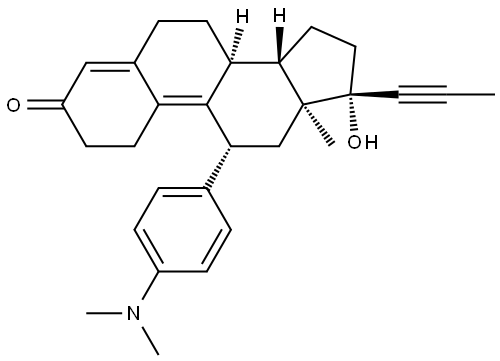
- Chemical Name:Mifepristone
- CAS:84371-65-3
- MF:C29H35NO2
- Structure:

- Chemical Name:Methyltrienolone
- CAS:965-93-5
- MF:C19H24O2
- Structure:
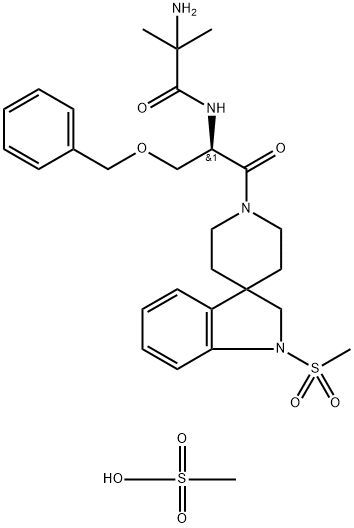
- Chemical Name:MK-677
- CAS:159752-10-0
- MF:C28H40N4O8S2
- Structure:
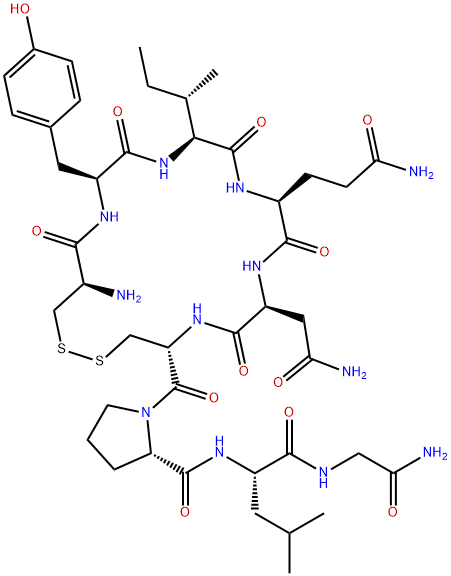
- Chemical Name:Oxytocin
- CAS:50-56-6
- MF:C43H66N12O12S2
- Structure:

- Chemical Name:Ritodrine hydrochloride
- CAS:23239-51-2
- MF:C17H22ClNO3
- Structure:
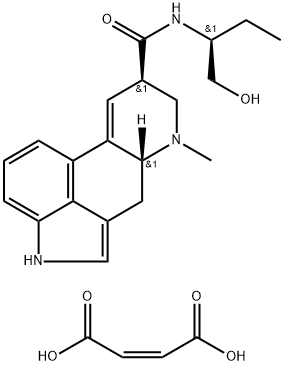
- Chemical Name:Methylergonovine maleate salt
- CAS:57432-61-8
- MF:C24H29N3O6
- Structure:

- Chemical Name:RITODRINE
- CAS:26652-09-5
- MF:C17H21NO3
- Structure:
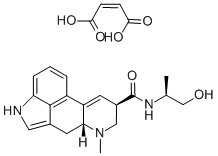
- Chemical Name:Ergonovine maleate
- CAS:129-51-1
- MF:C23H27N3O6
- Structure:
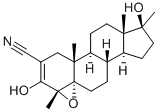
- Chemical Name:EPOSTANE
- CAS:80471-63-2
- MF:C22H31NO3
- Structure:

- Chemical Name:Vasopressin
- CAS:11000-17-2
- MF:C46H65N13O12S2
- Structure:
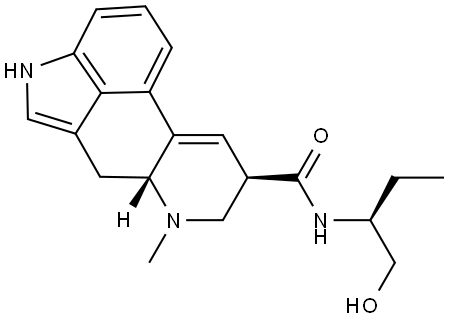
- Chemical Name:METHYLERGONOVINE
- CAS:113-42-8
- MF:C20H25N3O2
- Structure:
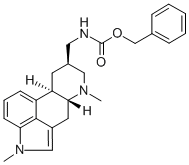
- Chemical Name:METERGOLINE
- CAS:17692-51-2
- MF:C25H29N3O2
- Structure:

- Chemical Name:RITODRINE HYDROCHLORIDE
- CAS:4635-27-2
- MF:C17H21NO3
- Structure:
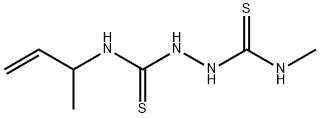
- Chemical Name:metallibure
- CAS:926-93-2
- MF:C7H14N4S2
- Structure:

- Chemical Name:ERGONOVINE
- CAS:60-79-7
- MF:C19H23N3O2
- Structure:
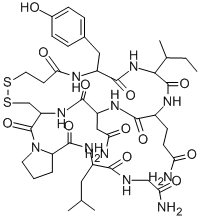
- Chemical Name:demoxytocin
- CAS:113-78-0
- MF:C43H65N11O12S2
- Chemical Name:Trichodesanthin
- CAS:
- MF: